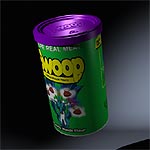 |
Lesson 1This lesson covers the basics; how to begin a New UV Map, how to apply UV Maps to models, and how to use the basic mapping tools to make planar and cylindrical maps. Also covered; how to watch the map being applied to the model while mapping, and the advantages of using the built in Lightwave tools. |
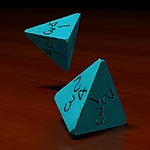 |
Lesson 2This lesson covers manipulating the vertices on the map, and how to make an endomorph so you can manipulate your model for ease of mapping without any risk of harming it. |
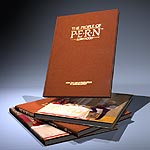 |
Lesson 3This lesson goes into more depth with model manipulation, as we unfold a book jacket to map it to a scan of the real thing. We also start to look at how to solve stretching problems, how to set up a model to use more than one map, and how to combine two separate maps into one. |
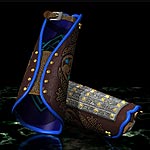 |
Lesson 4This lesson goes into much more depth concerning manipulating a model using an endomorph, and introduces the concept of making shapes that are irregular on the model into regular map shapes for ease of painting. Also mentions dragging points on the map to fix stretching problems. (This model is the same one used in the UV Mapper Tutorial. Comparing the two tutorials gives an excellent insight into the similarities and differences of working in the two programs.) |
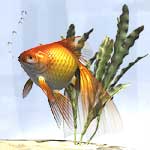 |
Lesson 5This lesson covers how to make a map from scratch, when you don't have any kind of color map or template to follow, by using a checkerboard pattern to ensure that nothing is stretched. More emphasis on dragging points and making a map that is simple to paint. (We change the size of the polys on the map, so we can paint all the scales the same size on the model.) |